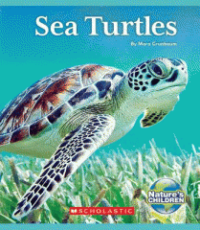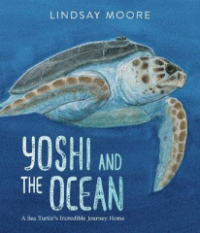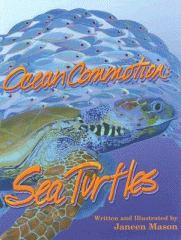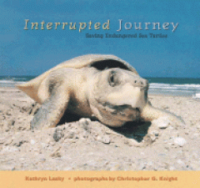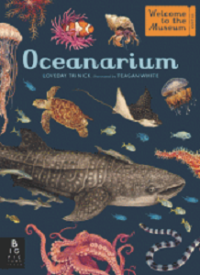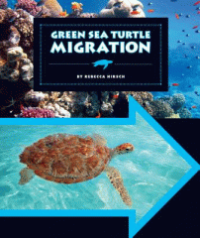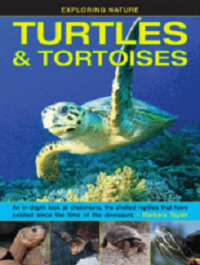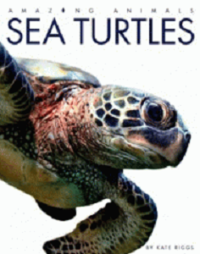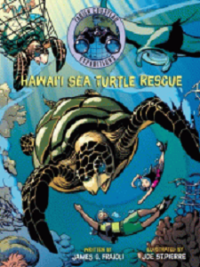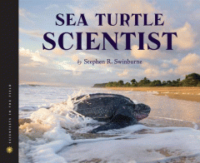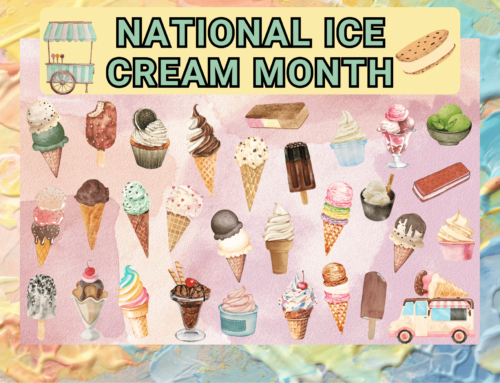
Sea turtles are amazing creatures but did you know that many of them are on the endangered species list? June 16th is World Sea Turtle Day, celebrated by learning a little more about these amazing creatures with these books and facts.
Sea Turtle Facts
Want to learn more about Sea Turtles? Check out these awesome books!
Sea Turtles by Mara Grunbaum
Nature’s Children series provides young readers (Ages 8-10) with fascinating information about the planet’s most incredible wildlife species. This is a great Introduction to sea turtles for young readers.
Sea Turtles: Ocean Nomads by Mary M. Cerullo
Presents information on the physical characteristics, behavior, habitat, various species, and life cycle of sea turtles, along with a discussion of their endangered status and the efforts being made to study and conserve them.
Sea Turtles by Gail Gibbons
Describes the eight kinds of sea turtles, their physical characteristics, senses, how they feed, migrate, and nest, and what is being done to protect them.
Yoshi and the Ocean: A Sea Turtle’s Incredible Journey Home by Lindsay Moore
Yoshi, a loggerhead sea turtle, was injured and rescued by a fisherman who took her to the Two Oceans Aquarium in South Africa for rehabilitation. After twenty years, Yoshi was returned to the sea and traveled nearly 23,000 miles over three years back to what is believed to be her birthplace.
Ocean Commotion: Sea Turtles by Janeen Mason
Janeen Mason introduces young readers to the endangered loggerhead sea turtle and offers a glossary, enforcing new vocabulary relevant to the aquatic environment.
Interrupted Journey: Saving Endangered Sea Turtles by Kathryn Lasky
Describes efforts to protect sea turtles, particularly Kemp’s ridley turtles, and help them reproduce and replenish their once-dwindling numbers.
Oceanarium by Loveday Trinick
This book guides readers around the world’s oceans, from sandy shorelines to the darkest depths. Learn about the ocean’s most fascinating animals, including giant whale sharks, tiny tropical fish, and majestic manatees, among many other creatures. With expert text by marine biologist Loveday Trinick and accompanying illustrations, travel the world from frozen Arctic seas to shimmering coral reefs, and learn why it is so important that we protect our oceans.
Turtles by Julie Murray
This book introduces readers to the unique features of turtles. Basic information is covered, such as habitat, life cycle, range, diet, and threats.
Green Sea Turtle Migration by Rebecca Hirsch
Explains how green sea turtles live and grow; discusses their migration, its purpose, and its route; and lists threats green sea SA turtles may face on their migration.
Turtles & Tortoises: An In-Depth Look At Chelonians, the Shelled Reptiles That Have Existed Since the Time of Dinosaurs by Barbara Taylor
This is an in-depth look at chelonians, the shelled reptiles that have existed since the time of the dinosaurs. Features: a fascinating fact-filled journey through the amazing world of turtles, tortoises and terrapins; looks at all the most weird and wonderful species, from those with necks like snakes and noses like pigs to those with shells as flat as pancakes.
Sea Turtles by Kate Riggs
A basic exploration of the appearance, behavior, and habitat of sea turtles, the migrating shelled reptiles. Also included is a story from folklore explaining how sea turtles cause monsoons.
Hawai’i Sea Turtle Rescue by James O. Fraioli
Junior explorers Baylor and Bianca join Fabien Cousteau and local conservationists in Hawaii on their mission to rescue endangered sea turtles, while also encountering a variety of wildlife among the coral reefs of Molokini Bay.
A newborn loggerhead turtle pops out of its shell to join the rest of the hatchlings as they make their very first journey from glistening beach to shimmering sea. Follow these cute little turtles as they embark on a unique and exciting adventure and discover the beauty and dangers of their brand-new world.
Sea Turtle Scientist by Stephen R. Swinburne
Join the renowned author and photographer Steve Swinburne on a journey through history to learn how sea turtles came to be endangered, and what scientists like Kimberly are doing to save them.
Follow the Moon Home by Philippe Cousteau
A triumphant story of environmental activism, community, and friendship. Meet Viv, who has a new home and a new school by the sea and follow her as she finds her way in a new place and helps bring together a whole community to save the sea turtles of the South Carolina coast.

